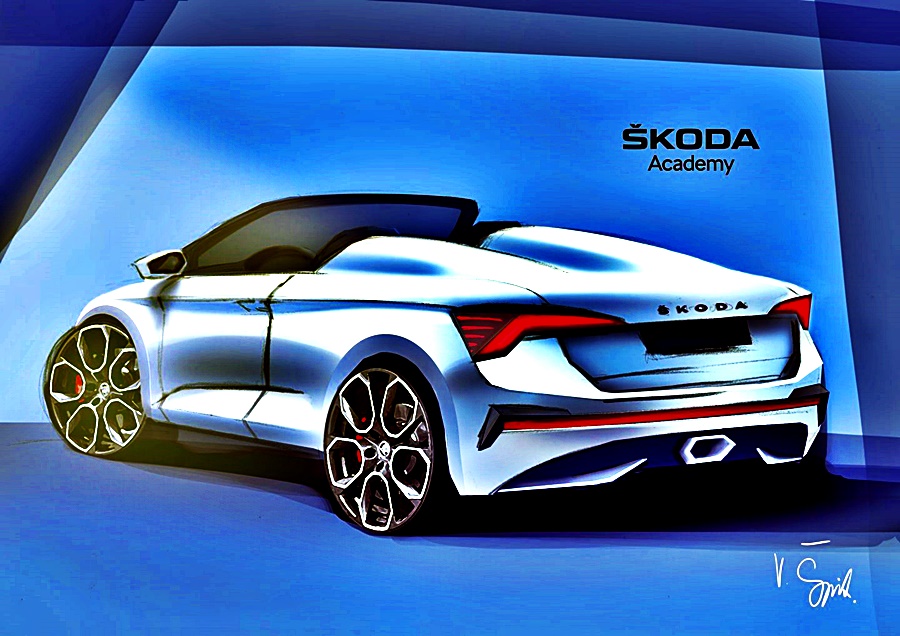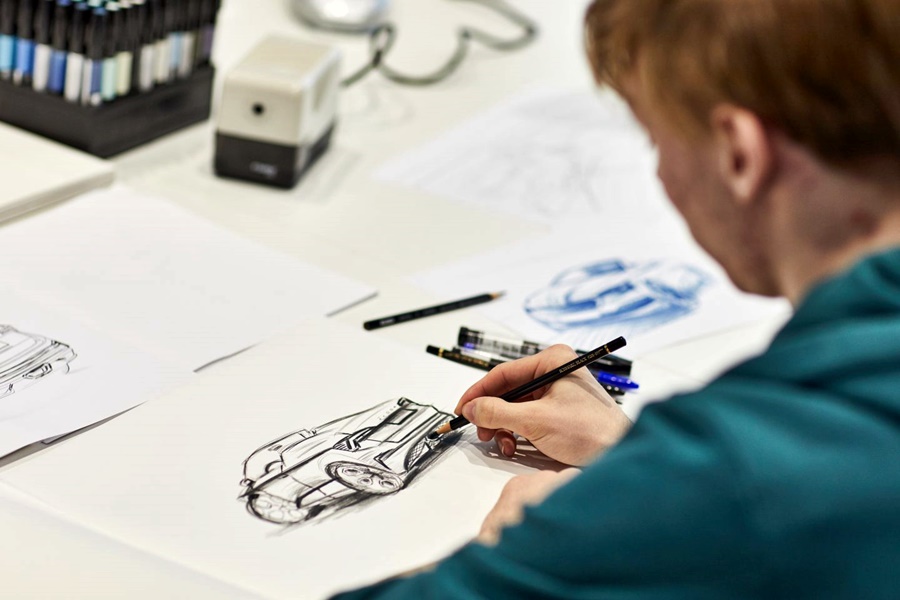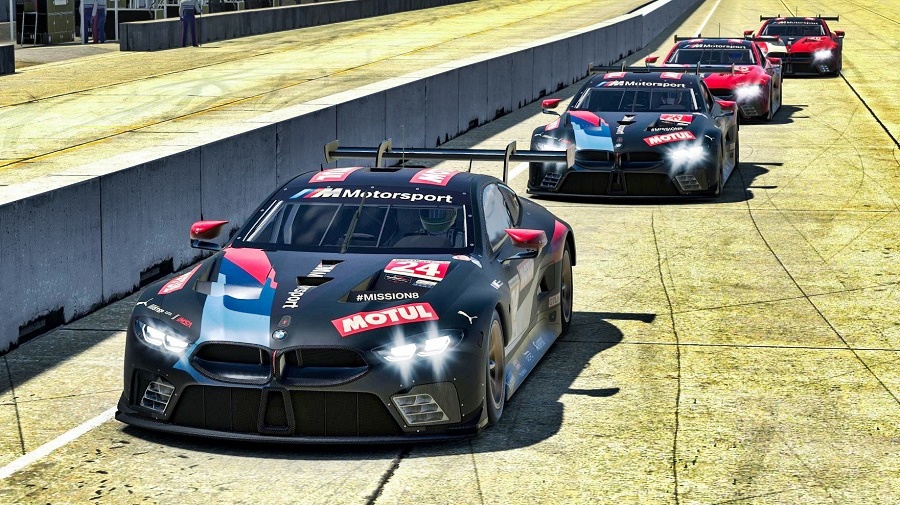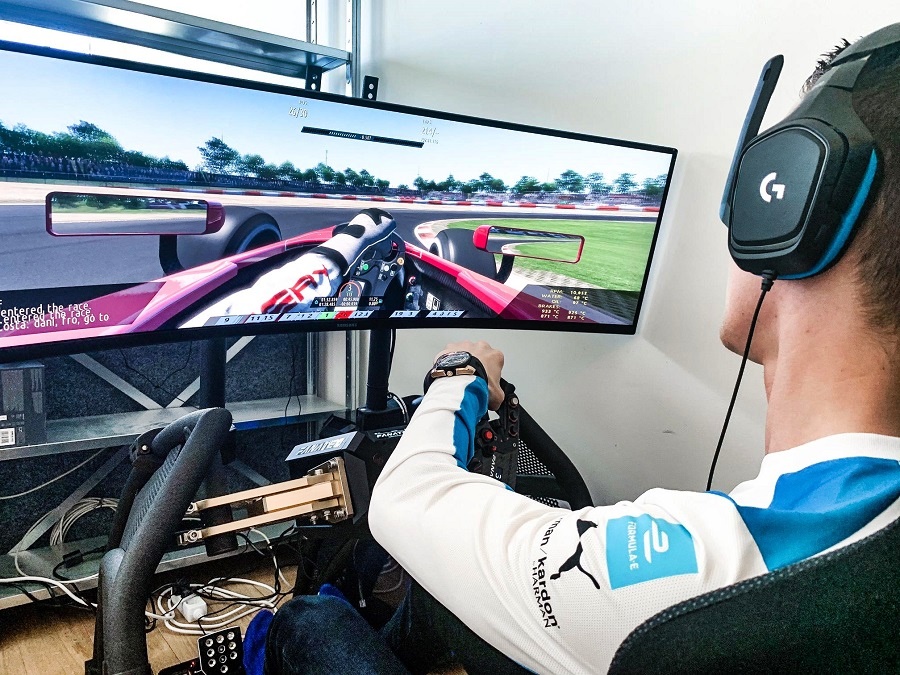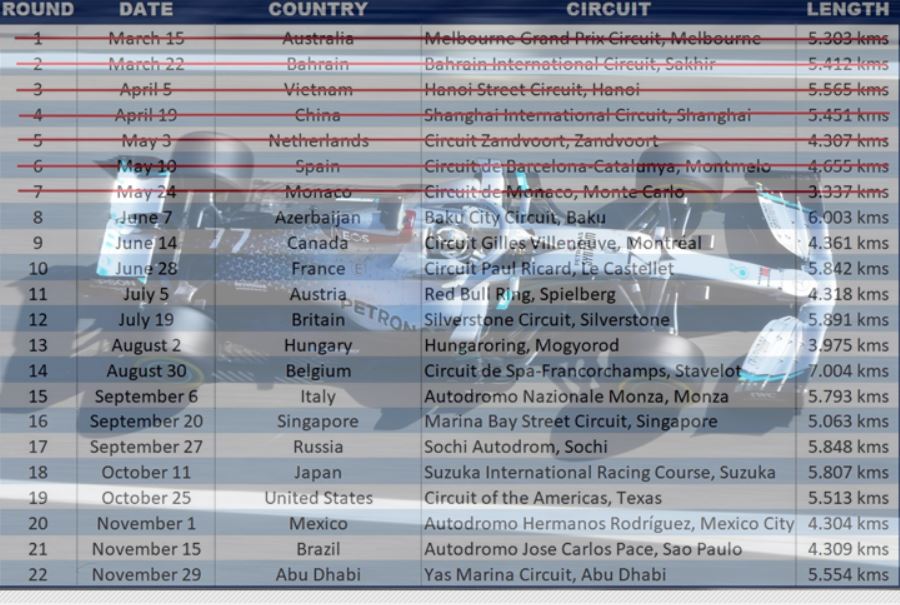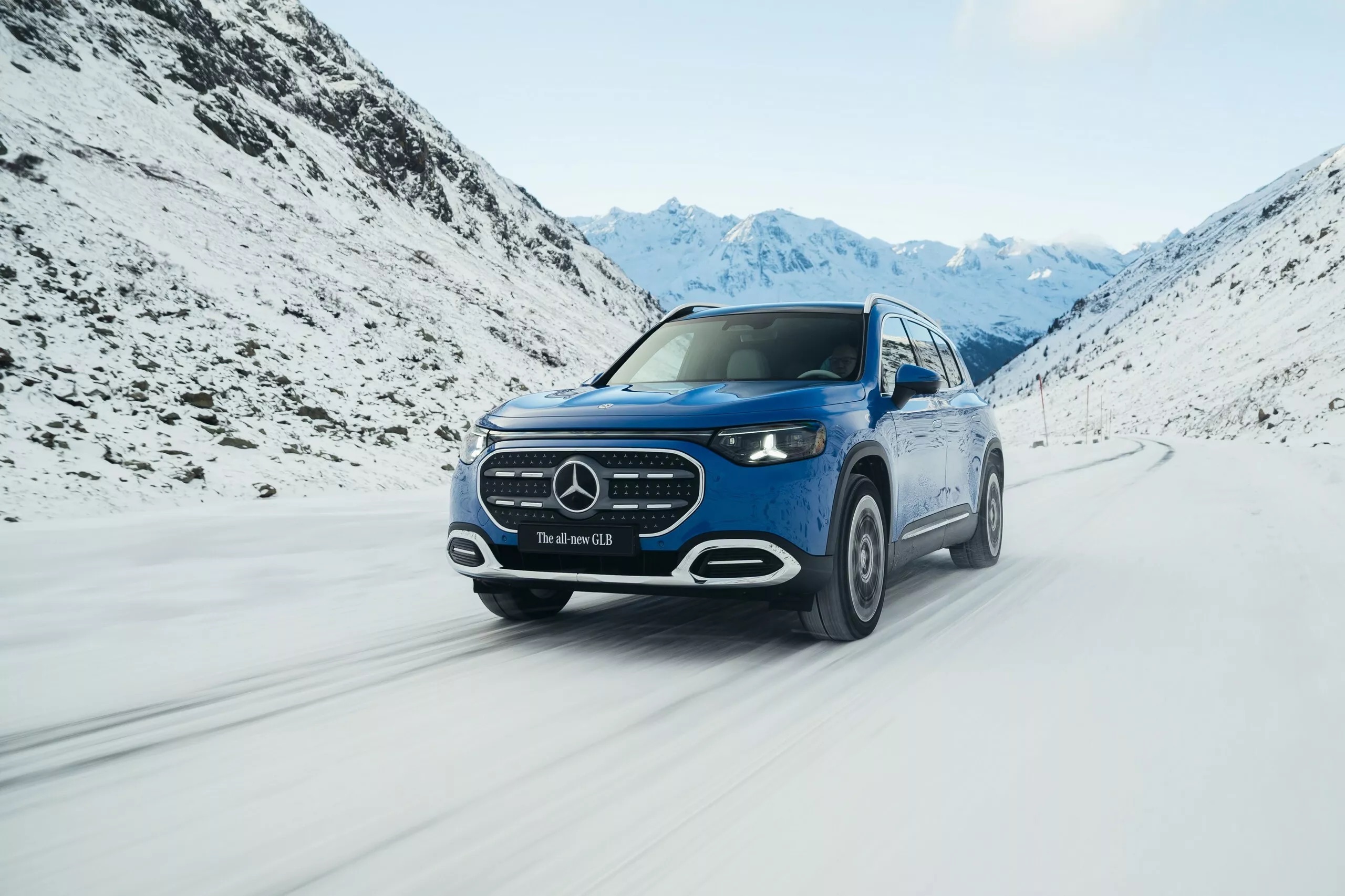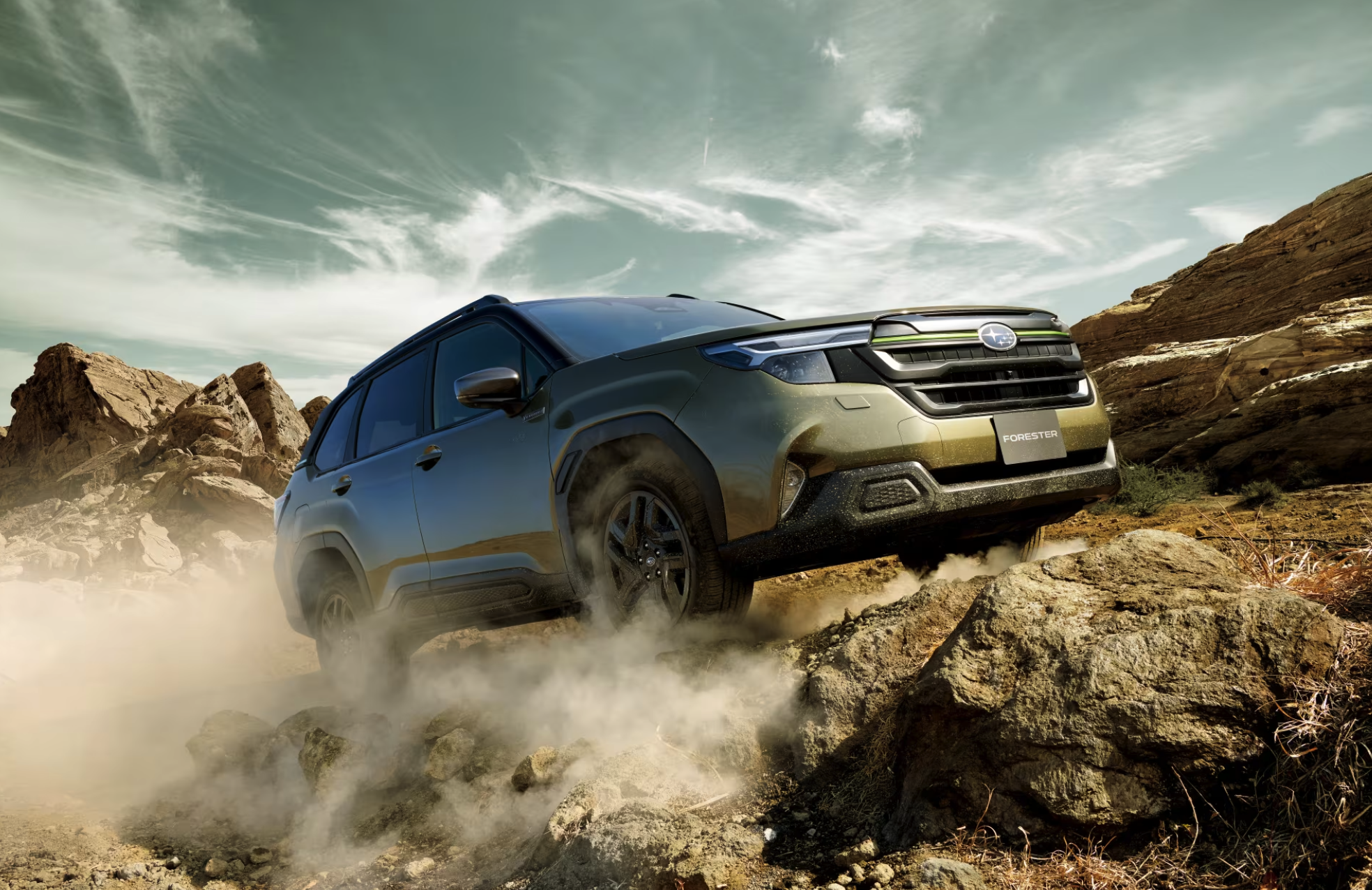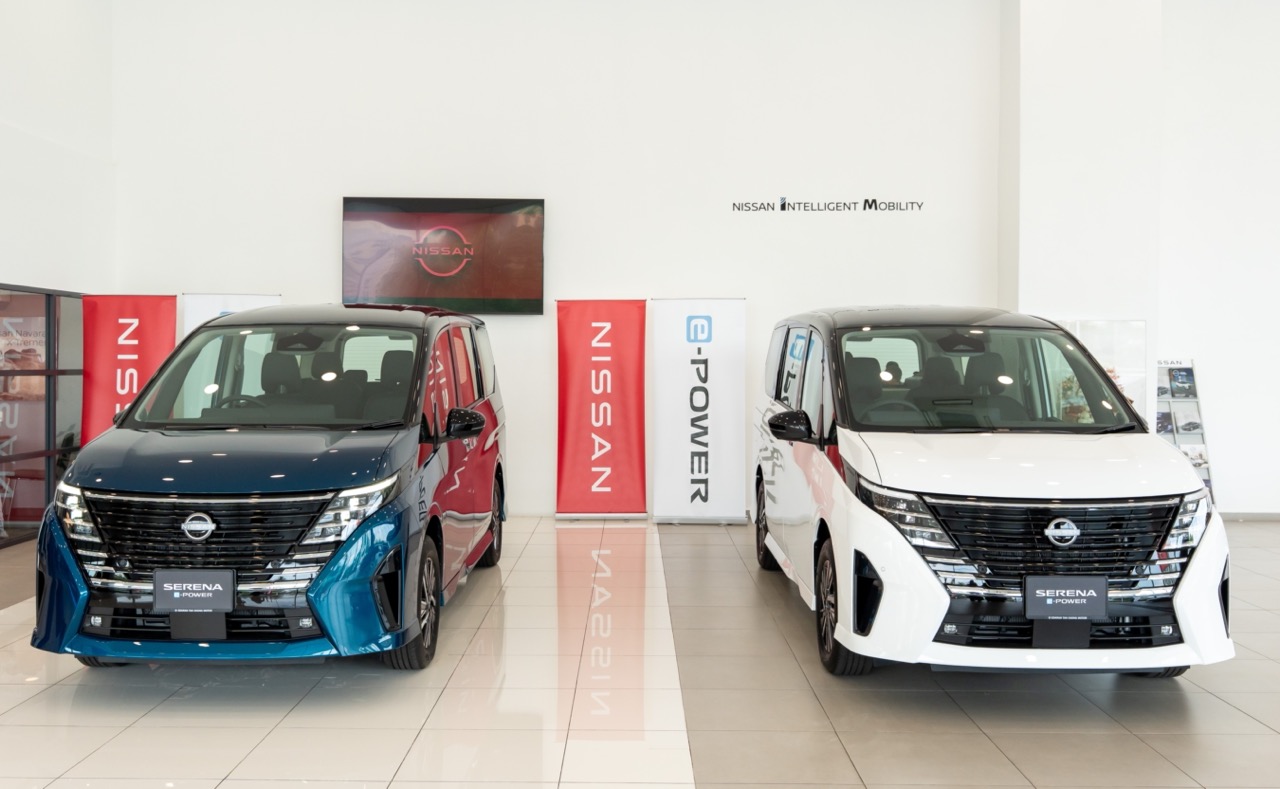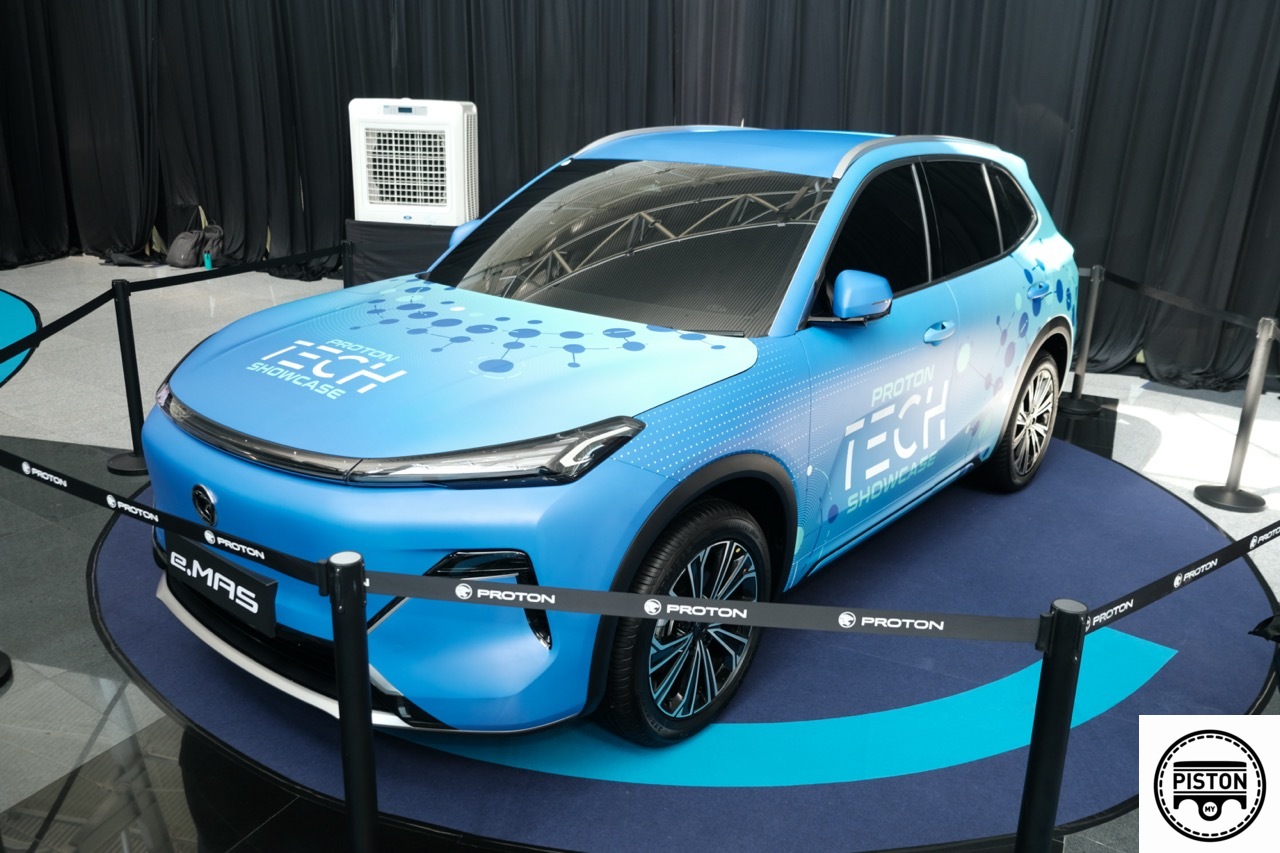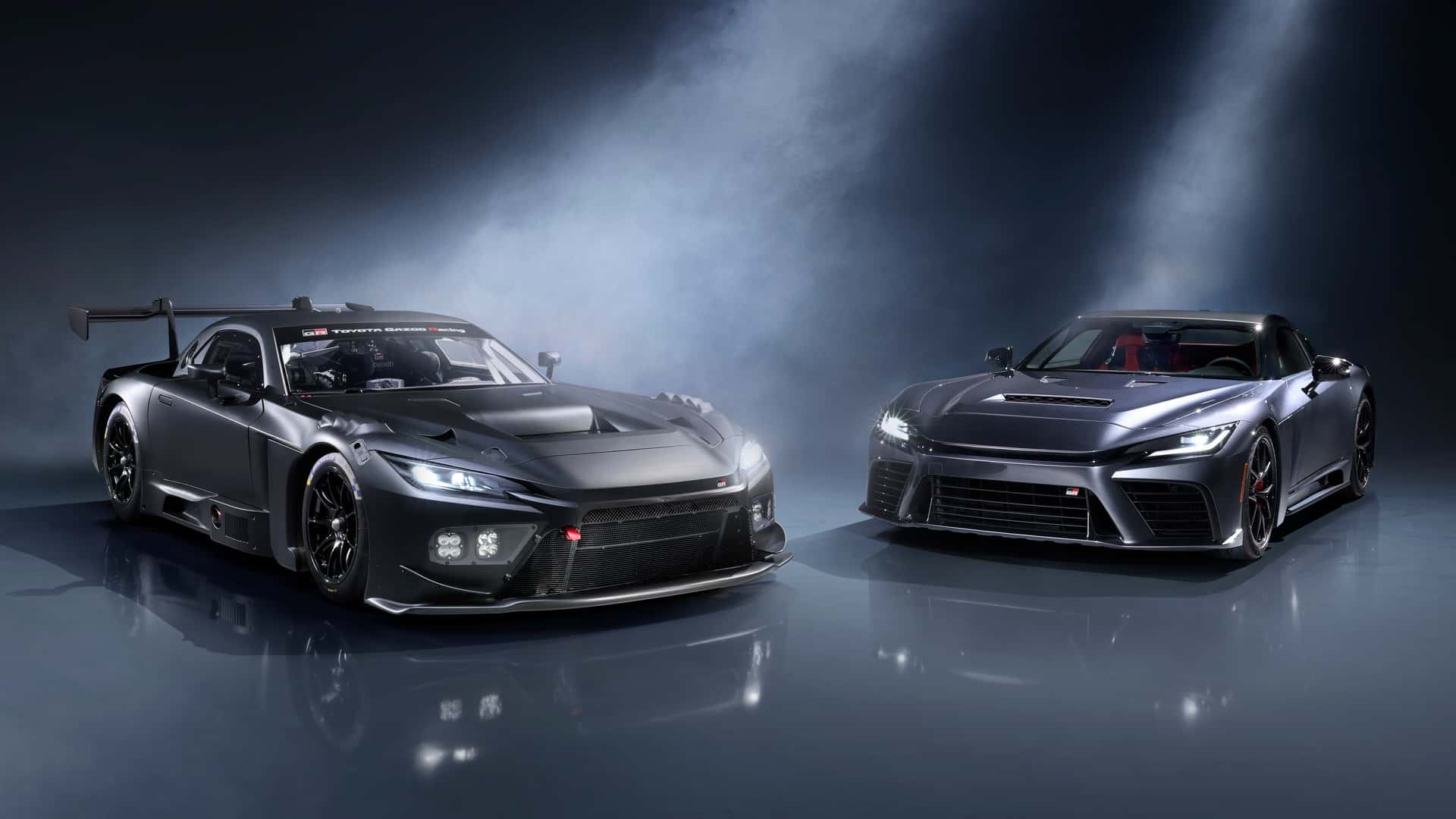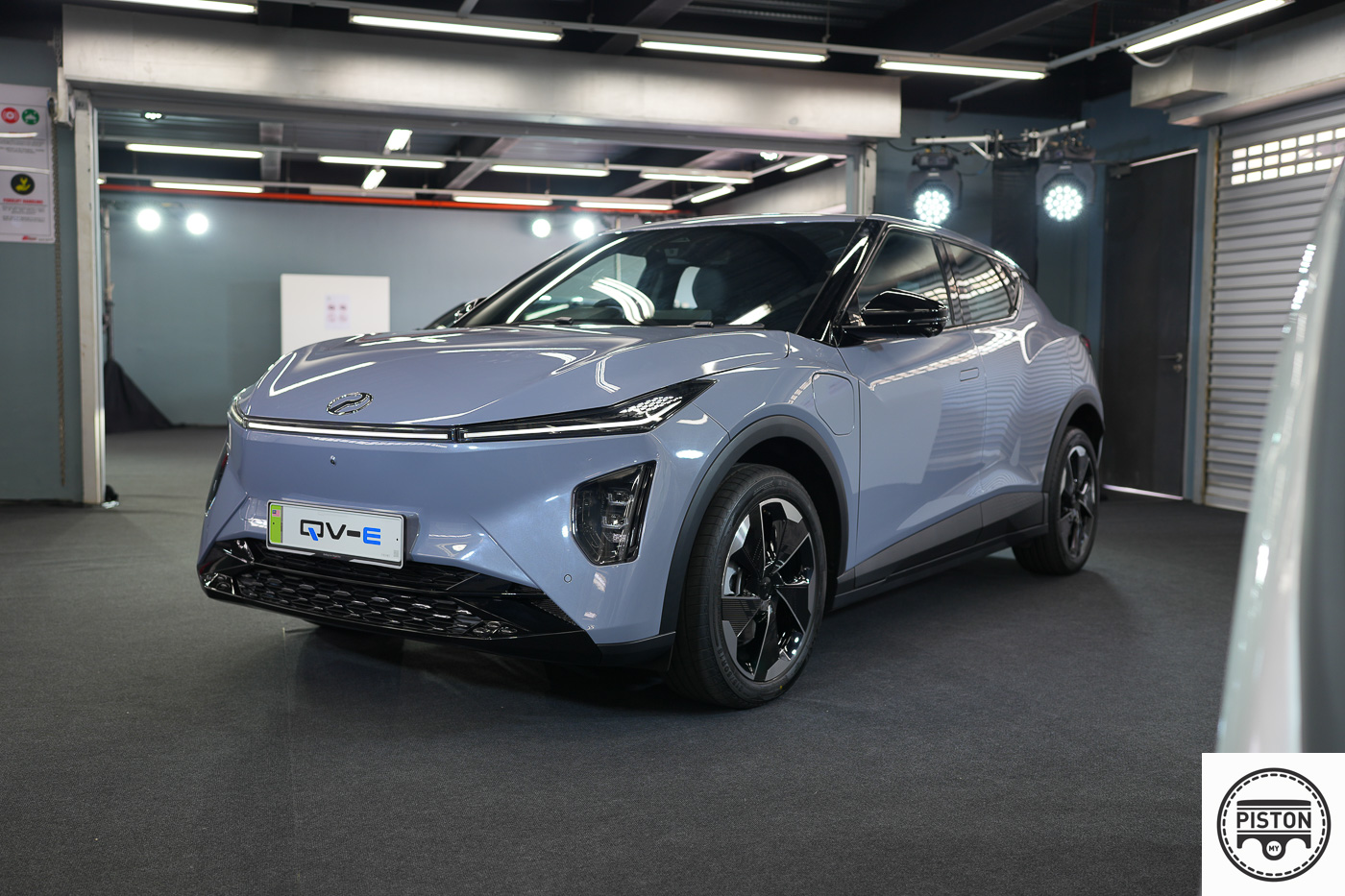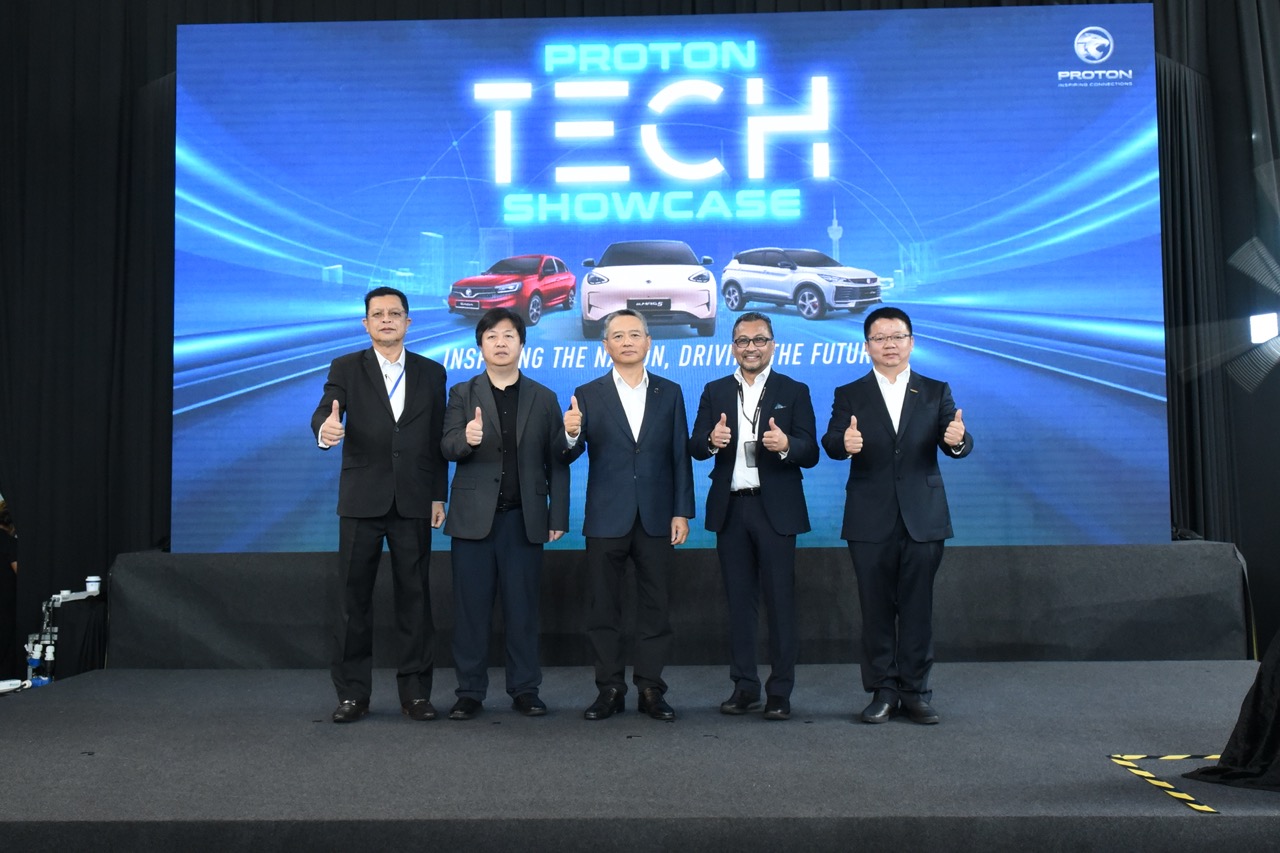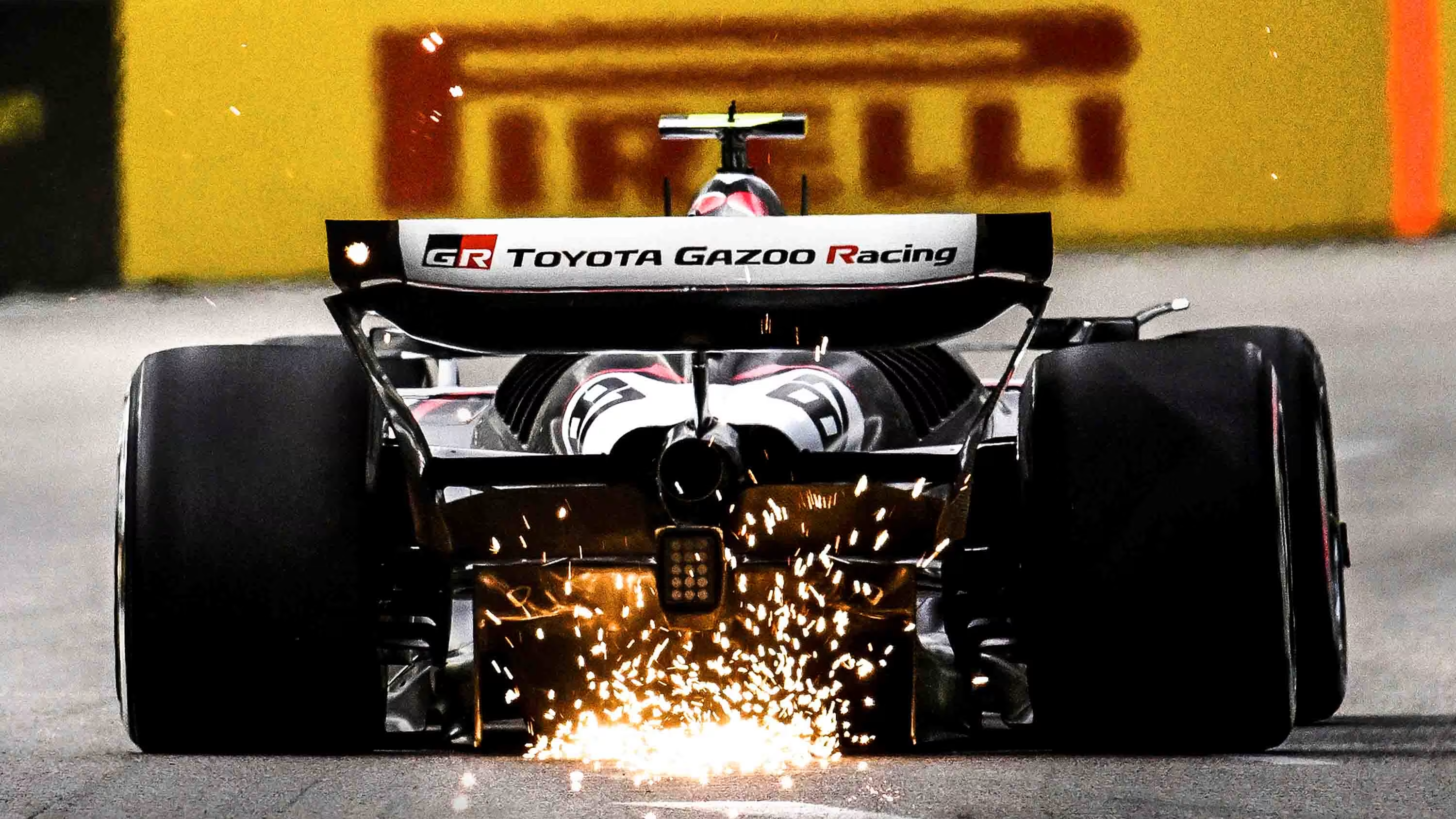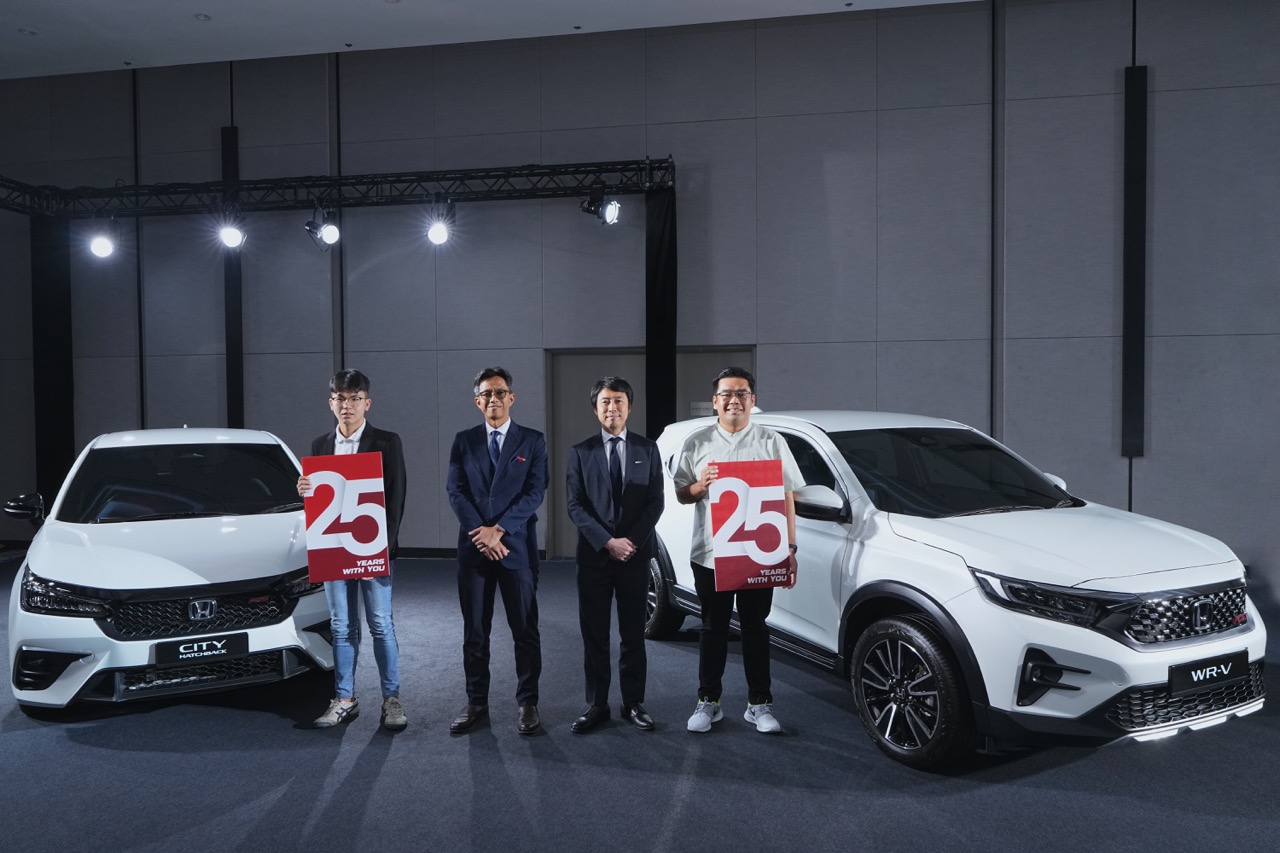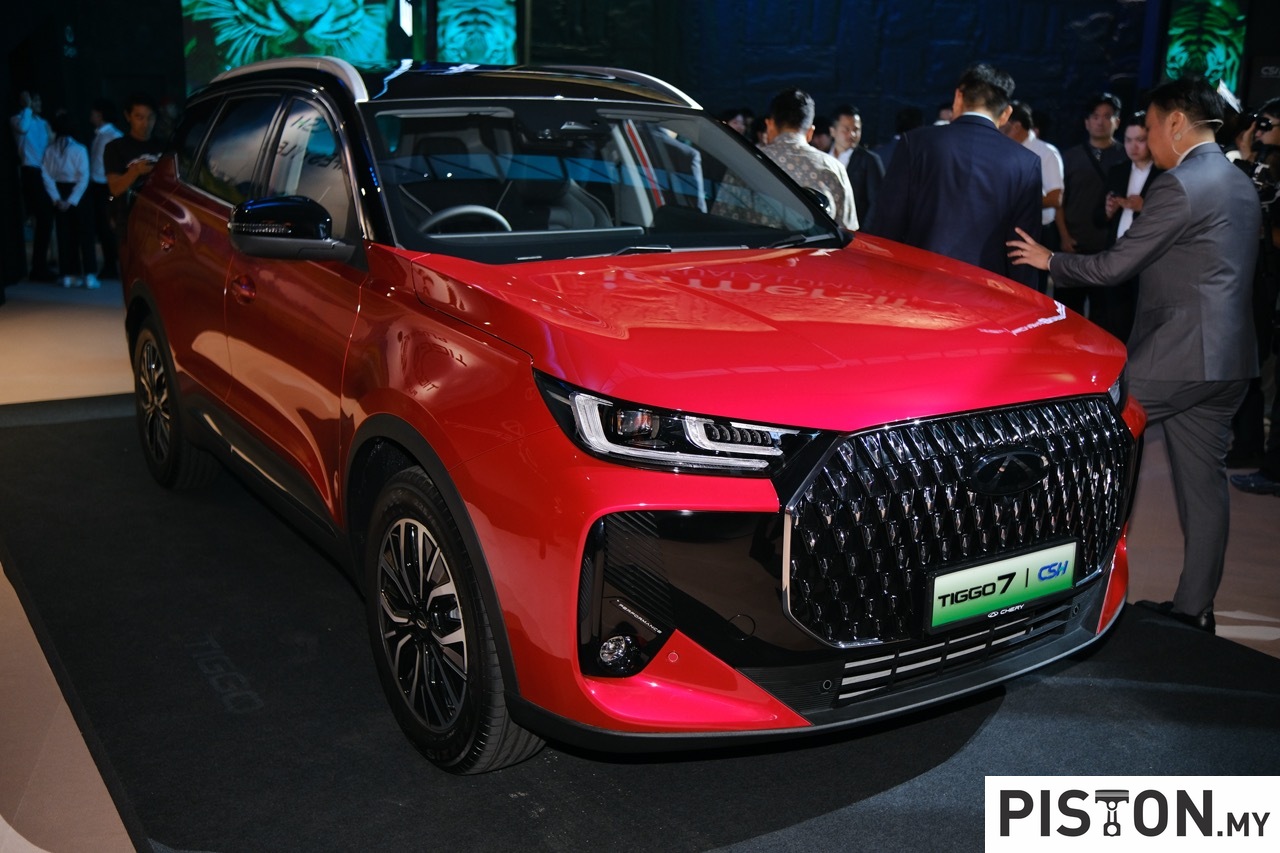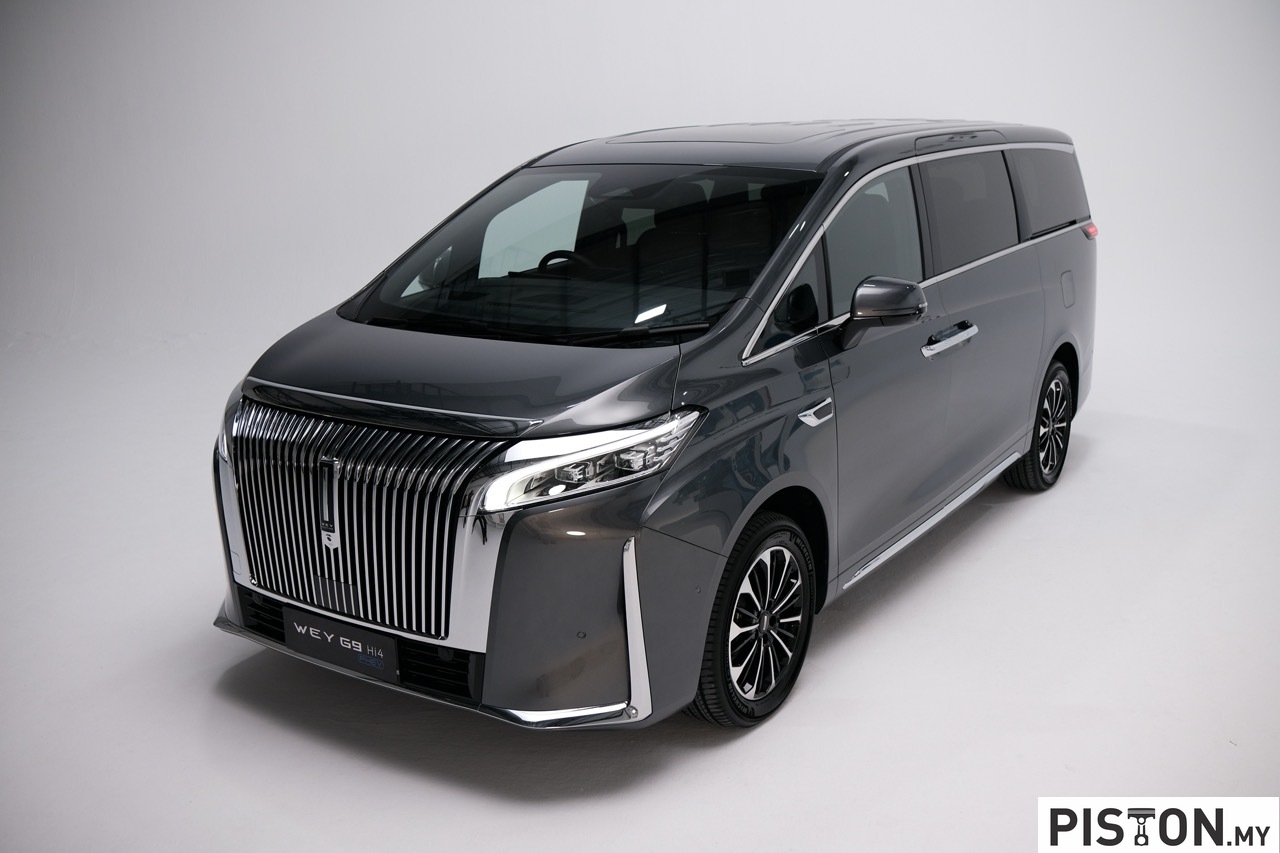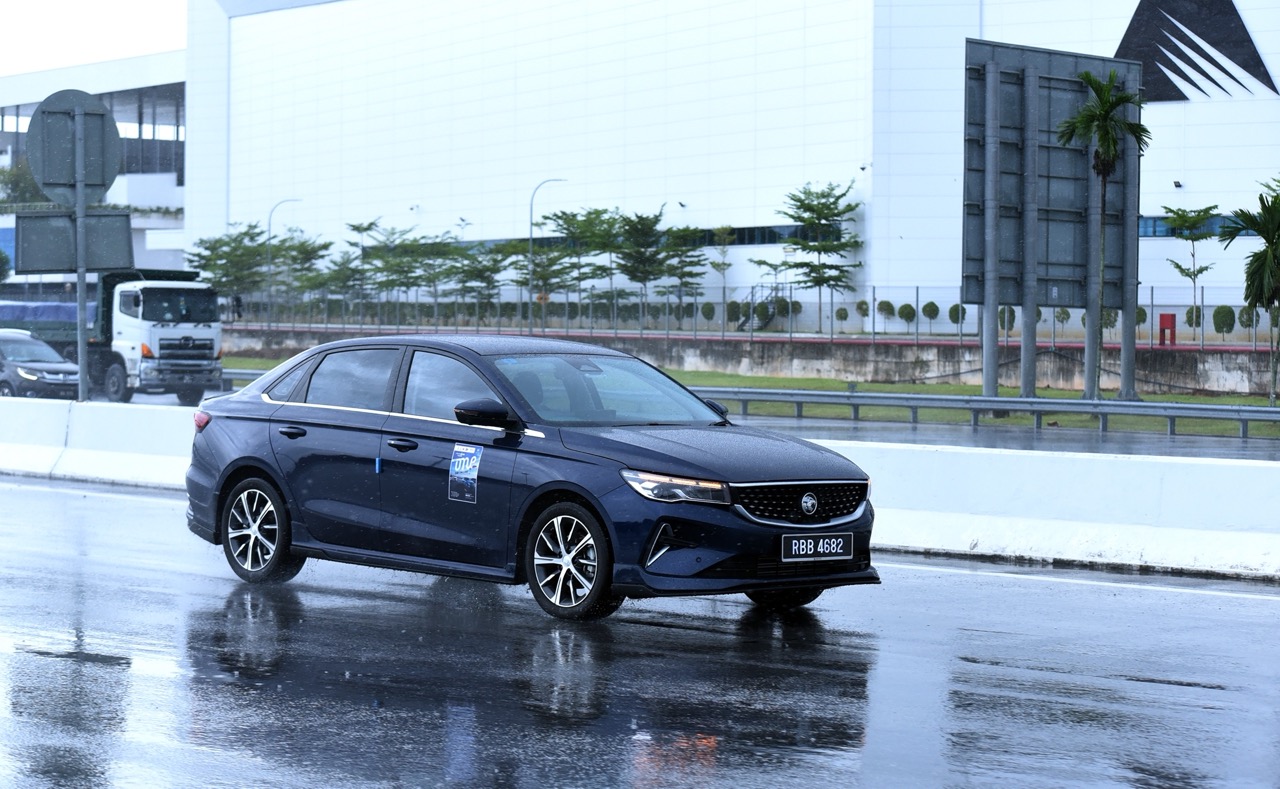Skoda, the Czech carmaker has been training and developing talent for more than 90 years at its Vocational School in Mlada Boleslav. In the first year, 58 students began their training in three different specialist areas. Today, more than 900 students (13% female) are enrolled in 13 full-time courses and three postgraduate programmes at the Skoda Academy.
The quality of training will be put to the test in the seventh Skoda student concept car project. 20 students from the academy are involved in the ambitious project this year. They have decided to design and build an open-top Spider version of the new compact Scala model.
Watching and learning from the professionals
At a workshop in the Skoda Design department, the participants met the company’s Head Designer, Oliver Stefani, and put their first ideas down on paper with him and his team. The still-unnamed project car, which the students will be constructing according to the design, will be presented to the public in early June.
During the visit, they were allowed to watch Stefani and his team in their day-to-day work and to create their own drawings. “Despite the increasing use of computers and simulations, drawing is still an essential part of automotive designers’ work. With every stroke, an idea turns into something real. A sketch is the first of many steps on the long and exciting path to a new car,” explained Stefani.
Support from engineers
Throughout this project, the up-and-coming talent will receive support from engineers and experienced employees from the areas of technical development, design and production within the company. The apprentices have expressed a wish to make the car’s clear lines and emotive shapes more prominent in the spider version to emphasize the vehicle’s overall dynamics.
“From the beginning, all the participants showed great enthusiasm and determination. Their sketches are very impressive, I really like the concept,” said Jiri Hadascok, exterior design coordinator at Skoda, adding that the professionals were impressed with their enthusiasm and receptiveness.
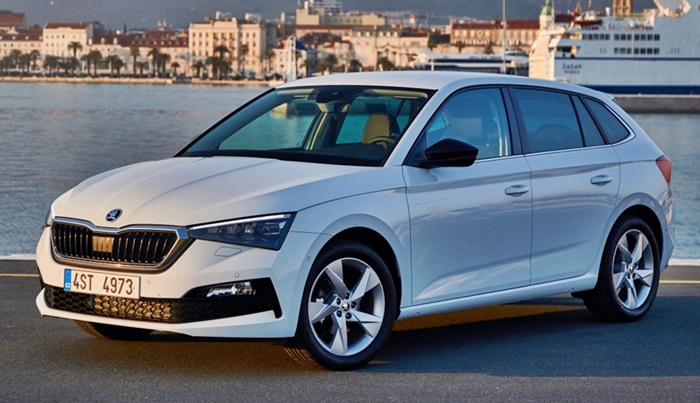
Designing a concept vehicle and then building it by hand is the highlight of all apprenticeships. “We are all delighted to be part of this project. As a student, where else do you get the chance to put your own ideas and vision into designing a car and then actually build it yourself? Drawing our first sketches was lots of fun, and we learned a lot from Oliver Stefani and his team,” said one of the participants, Vojtech Spitalsky.
Latest sketches of Skoda VISION IN concept reveal the design of new compact SUV for India

